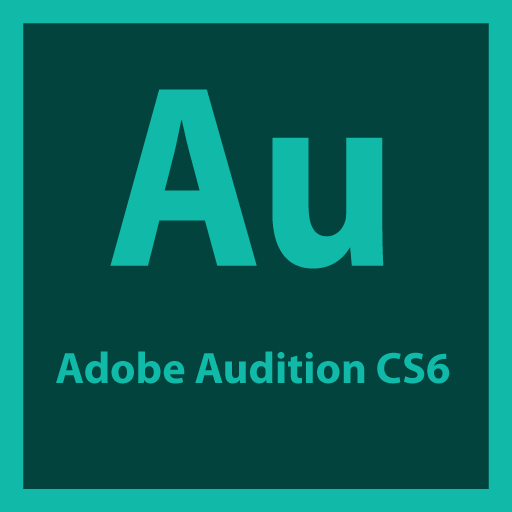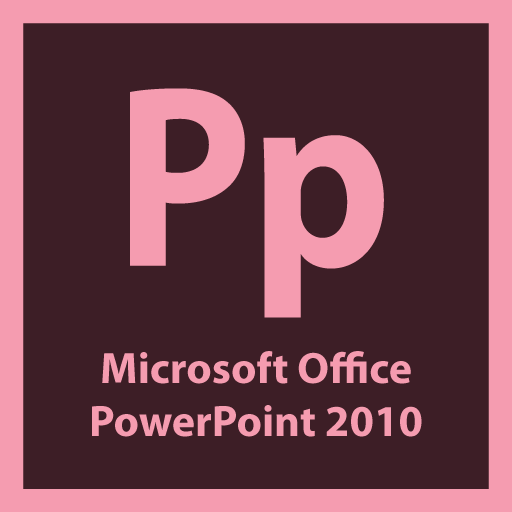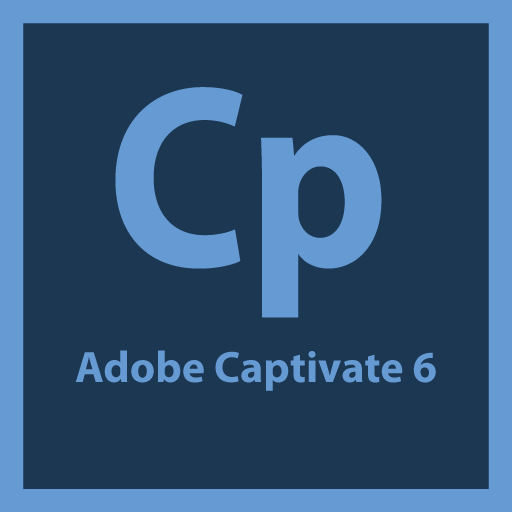Adobe Audition CS6
Adobe Audition is a digital audio workstation from Adobe Systems featuring both a multitrack, non-destructive mix/edit environment and a destructive-approach waveform editing view. Adobe Audition is a professional audio application that combines advanced digital audio editing and multitrack recording in the same program. This unique approach integrates the two elements so that, for example, audio used in a multitrack project can be edited with great detail in the digital audio editor then transferred back to the multitrack session.
Who uses Adobe Audition?
Adobe Audition is an application used by audio and video professionals to record, edit, mix, and restore audio compositions. Audio and video professionals use Audition for visually fixing audio problems like noise and clicks using healing tools, mixing multiple tracks of dialog, music, and sound effects, enhancing the quality of audio by utilizing built-in audio effects, and also adjusting multiple audio clips simultaneously by using Batch Processing Commands.
Course Details
This course covers many new features in Adobe Audition CS6 and how to apply them optimally in real-world situations. The introduction starts with how to get audio in and out of Audition on Mac and Windows platforms, then progresses to an overview of the Audition Workspace a collection of modules, each dedicated to specific tasks, which you can open, close, and rearrange, depending on the nature of the project, to optimize workflow and efficiency. Then moves on concentrates on digital audio editing in the Waveform Editor, and covers such topics as editing, signal processing and effects, audio restoration, mastering, and sound design. It also covers recording, and integration with the Multitrack Editor.
The final section covers the Multitrack Editor in detail, including editing, automation, creating music with sound libraries, in-depth coverage of mixing, and creating soundtracks for video.
Course Overview
Check out our sample video tutorials (specific video not available)
45 hours
Validity:1 month
Cost:₹5,750.00
This course is interactive and not taught in real-time. So you can login at your convenience and do your classes and exercises. Our interactive interface offers useful features such as fast forward, rewind, pause and you can even redo a lesson before moving ahead. These features help you track your progress and learn just what you want. Included are project files to allow you to learn right along with the instructor using the exact same files that they use. Each individual lesson has been provided with an eBook and a quiz to test your knowledge of each lesson before you take your final test. In addition to this hands-on learning experience, our trainers will evaluate your course work, clarify questions and give relevant feedback to help you grow



